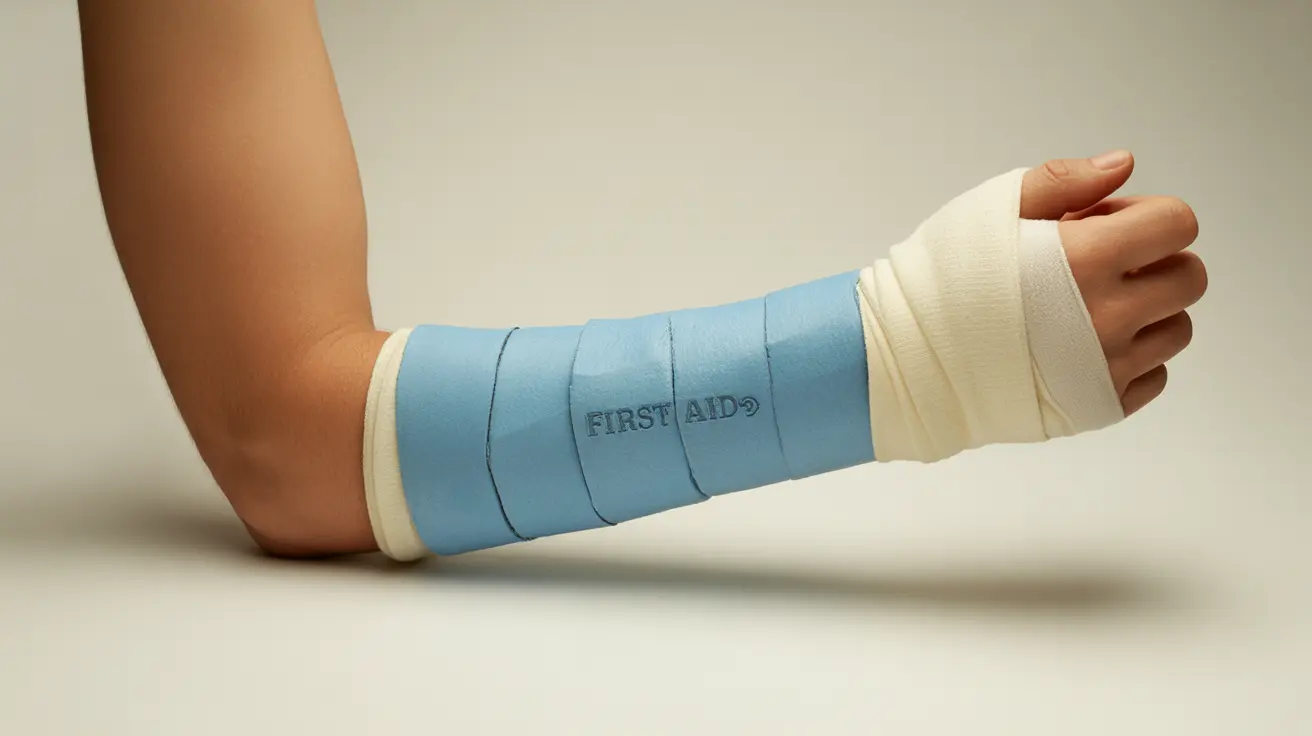When someone experiences a bone fracture, knowing the correct first aid steps can make a crucial difference in their recovery and prevent further injury. This comprehensive guide will walk you through the essential steps of providing first aid for fractures, ensuring you're prepared to handle these medical emergencies effectively and safely.
Understanding proper fracture first aid is vital because incorrect handling of a broken bone can lead to complications, increased pain, and potential tissue damage. Let's explore the key steps and precautions you need to know when dealing with different types of fractures.
Immediate Response to Suspected Fractures
The moments immediately following a potential bone fracture are critical. If you suspect someone has broken a bone, your first priority should be to keep them calm and still. Look for signs such as severe pain, swelling, deformity, or difficulty moving the affected area.
Remember the RICE protocol: Rest, Ice, Compression, and Elevation. This initial response helps manage pain and reduce swelling while waiting for professional medical care.
Assessing the Injury
Types of Fractures to Look For
Different fractures require different approaches to first aid care:
- Closed fractures (bone broken but skin intact)
- Open fractures (bone piercing through the skin)
- Stress fractures (tiny cracks in the bone)
- Compound fractures (severe breaks with tissue damage)
Warning Signs Requiring Immediate Medical Attention
Certain symptoms indicate the need for emergency care:
- Bone protruding through the skin
- Severe bleeding or swelling
- Loss of pulse below the injury site
- Signs of shock
- Suspected spine or skull fracture
Proper Immobilization Techniques
Immobilization is crucial in preventing further injury and managing pain. The affected area should be stabilized using appropriate materials:
- For arm fractures: Use a sling or splint
- For leg fractures: Avoid moving the limb and support with padding
- For ankle or foot fractures: Keep the person still and elevate the injury
Creating an Emergency Splint
If professional help is delayed, you may need to create a temporary splint:
- Use rigid materials like cardboard or rolled newspapers
- Pad the splint with soft materials
- Secure the splint without restricting circulation
- Always splint the joints above and below the fracture site
Managing Pain and Swelling
While waiting for medical help, these measures can help manage discomfort:
- Apply ice packs wrapped in cloth for 15-20 minutes at a time
- Keep the injured area elevated above heart level when possible
- Avoid applying direct pressure to the fracture site
- Monitor the person for signs of shock or deterioration
Frequently Asked Questions
What are the first steps to take when providing first aid for a suspected broken bone? First, ensure the scene is safe, then keep the person still. Check for obvious deformity, swelling, or bleeding. Call emergency services immediately for serious injuries. Apply the RICE protocol and avoid moving the injured area.
How do you properly immobilize a fractured limb until medical help arrives? Support the injured area in the position found, using appropriate splinting materials if available. Immobilize the joints above and below the fracture site. Avoid attempting to realign the bone, and secure any splints firmly but not too tight.
When should you call emergency services for a fracture injury? Call emergency services immediately for open fractures, suspected spine or skull injuries, severe bleeding, signs of shock, or if the person is unable to move or has lost sensation in the affected area.
What precautions should be taken if the bone is protruding through the skin in an open fracture? Never attempt to push the bone back in. Cover the wound with a sterile dressing if available, control any bleeding with gentle pressure around (not on) the bone, and call emergency services immediately. Keep the person still and monitor for shock.
How can you reduce pain and swelling while giving first aid for fractures? Apply ice packs wrapped in cloth for 15-20 minutes at a time, elevate the injured area above heart level when possible, and ensure any bandaging isn't too tight. Don't apply direct pressure to the fracture site, and keep the person comfortable and calm.




